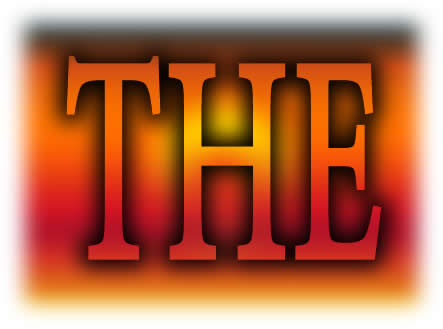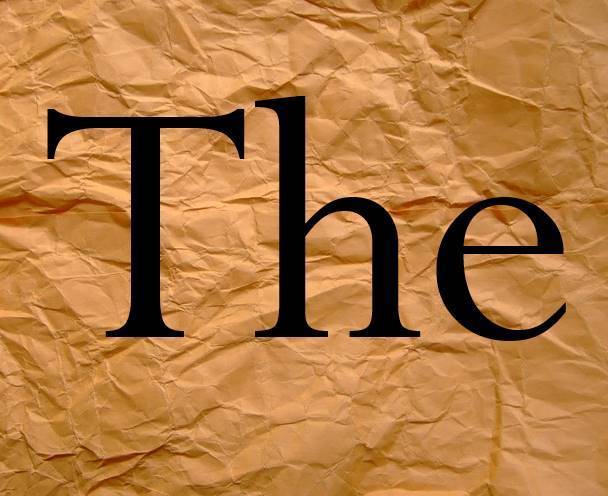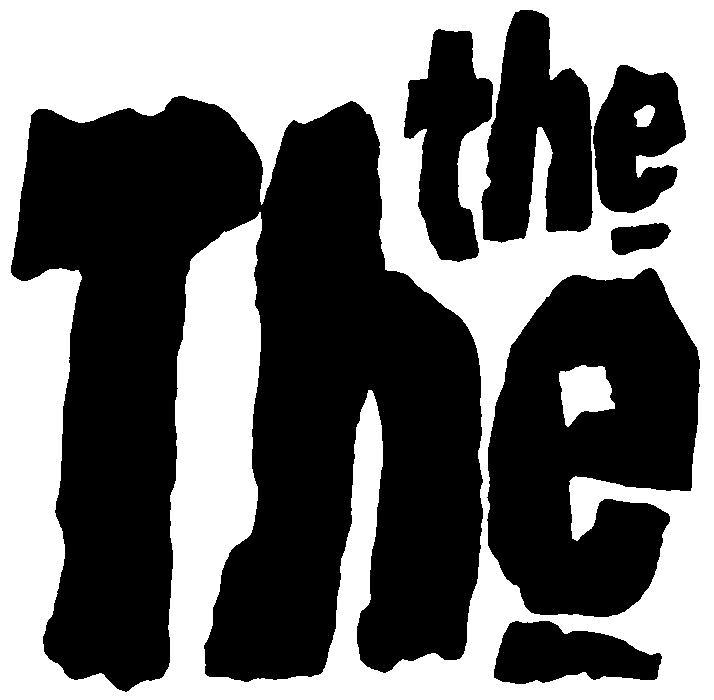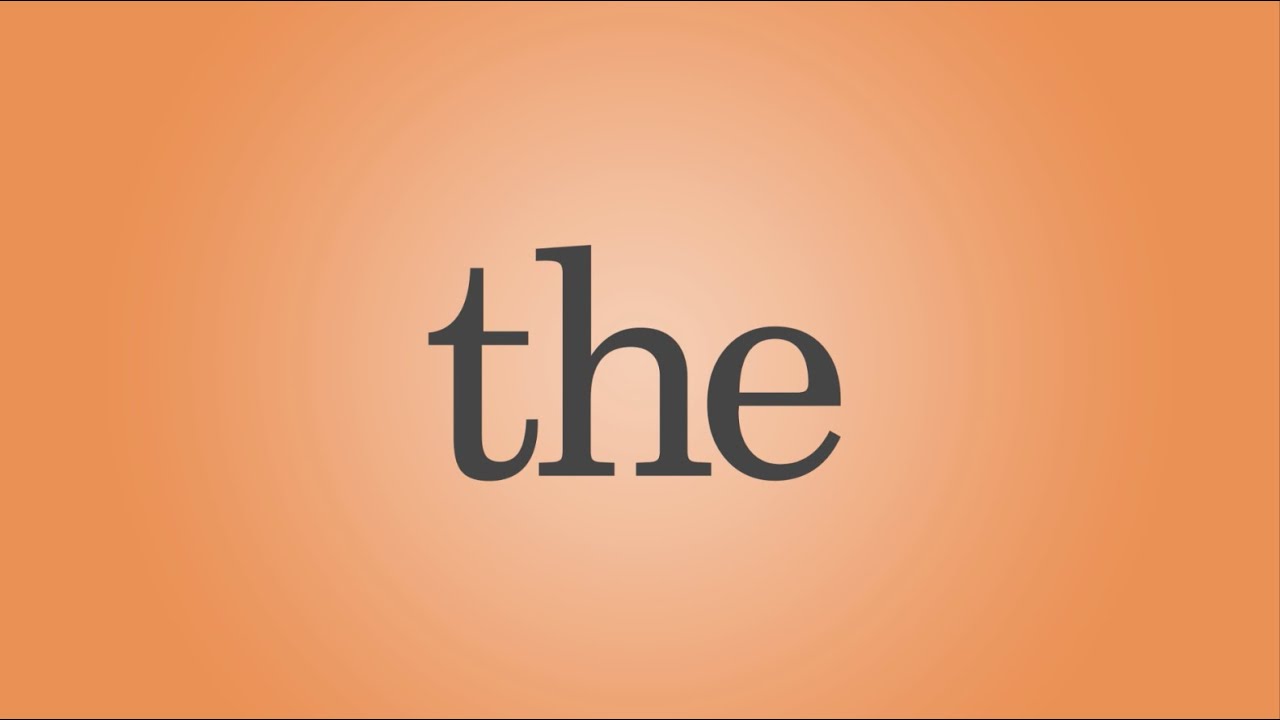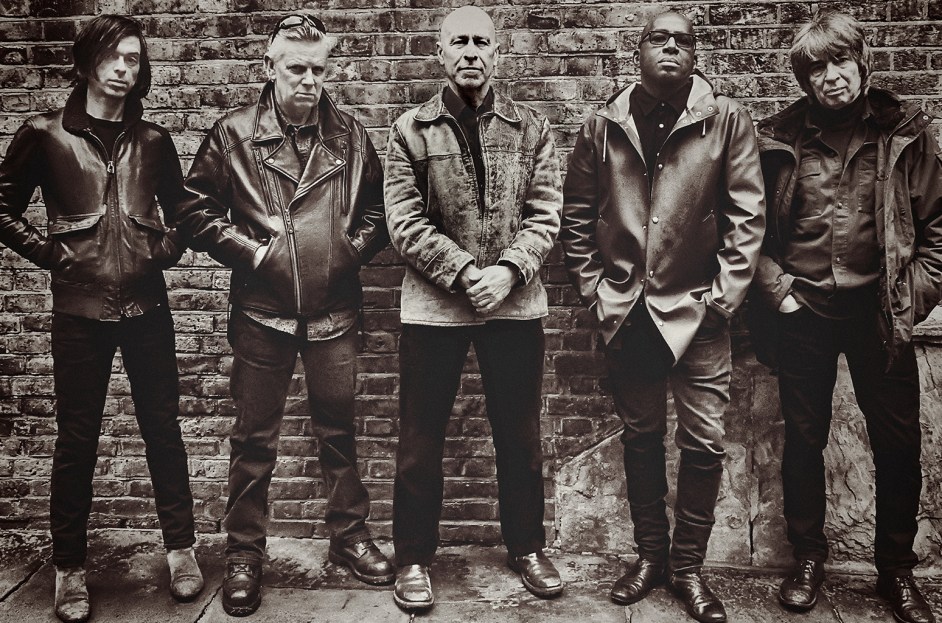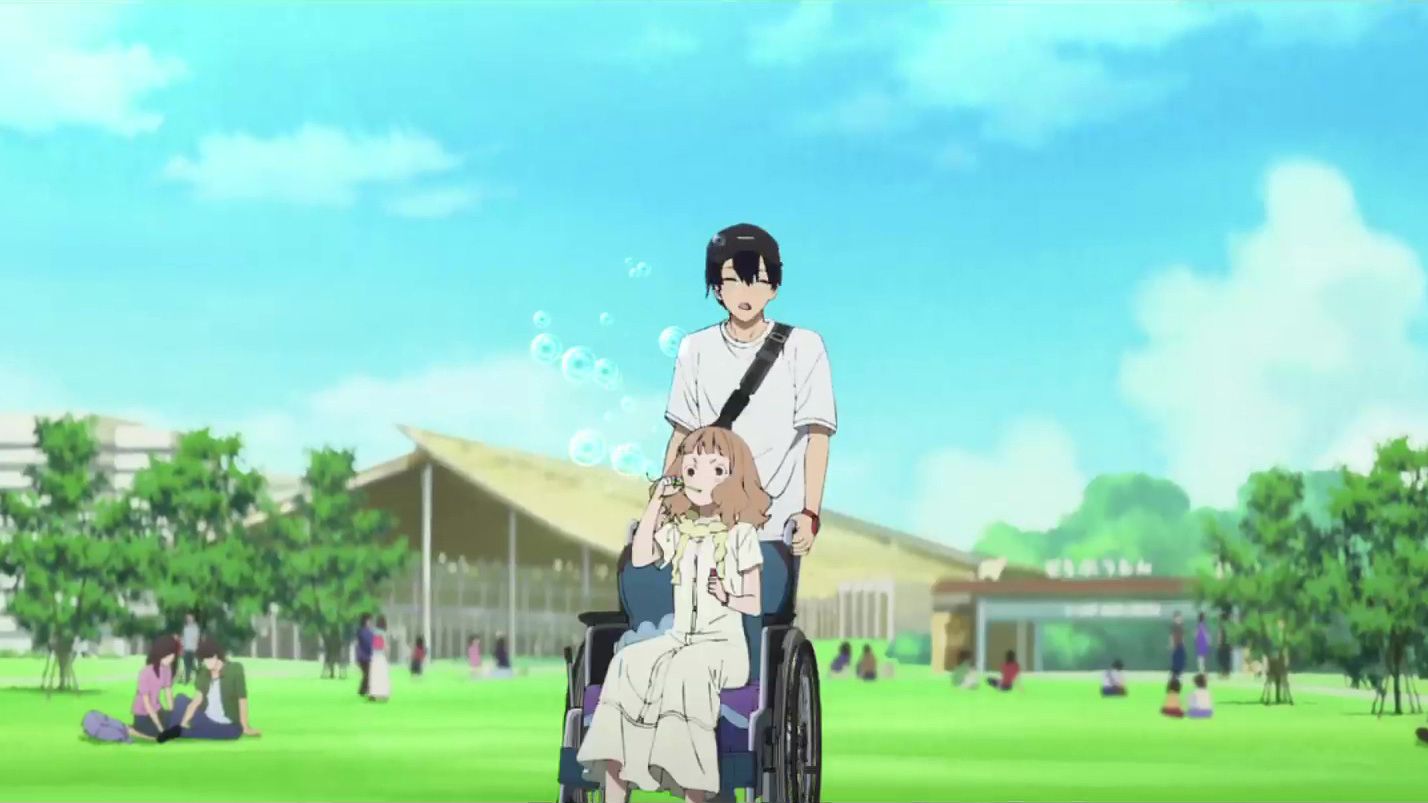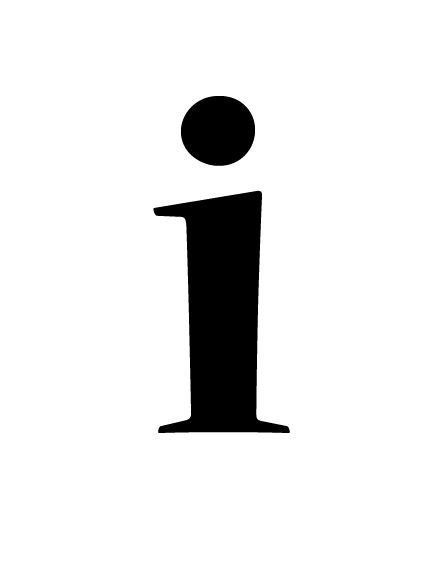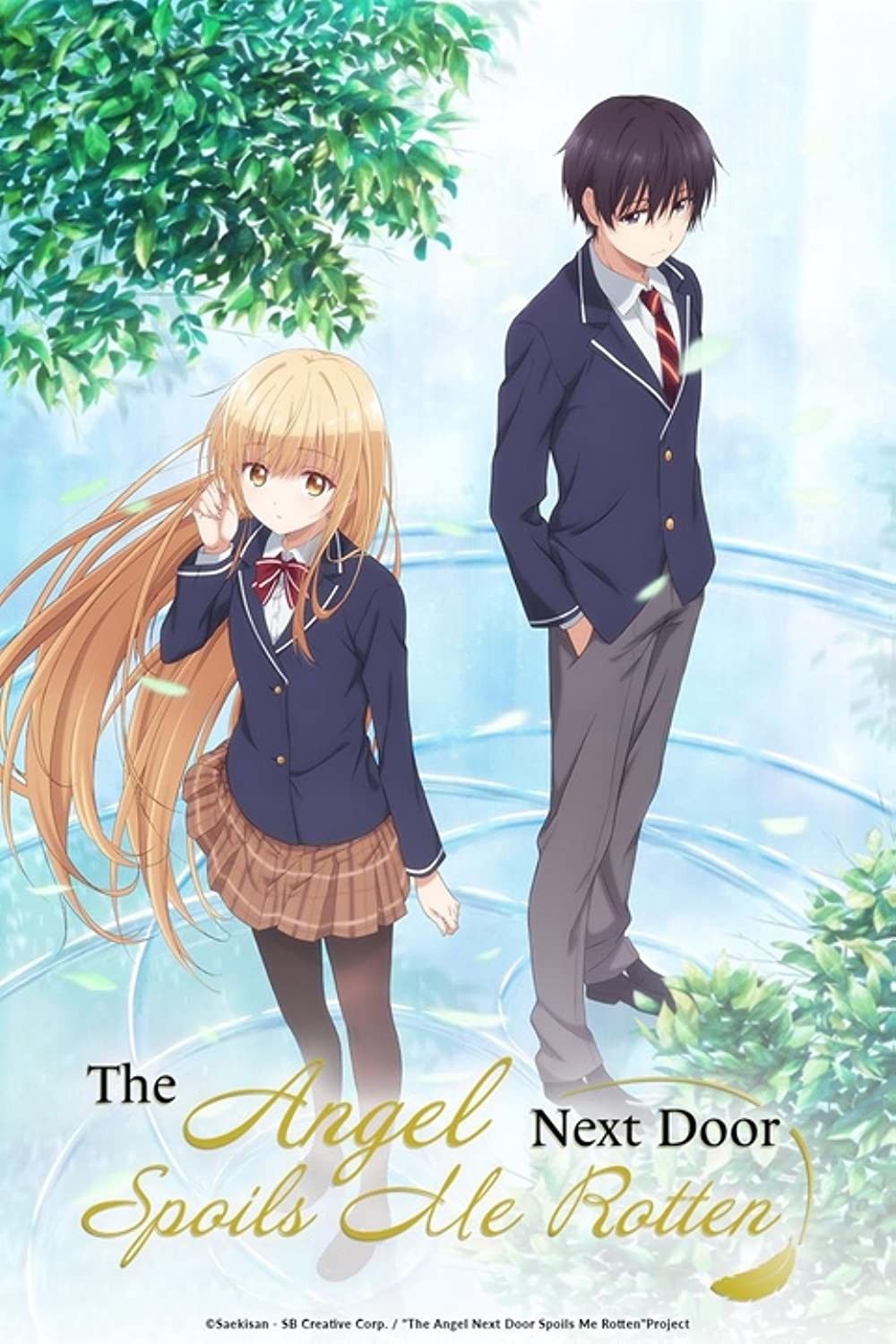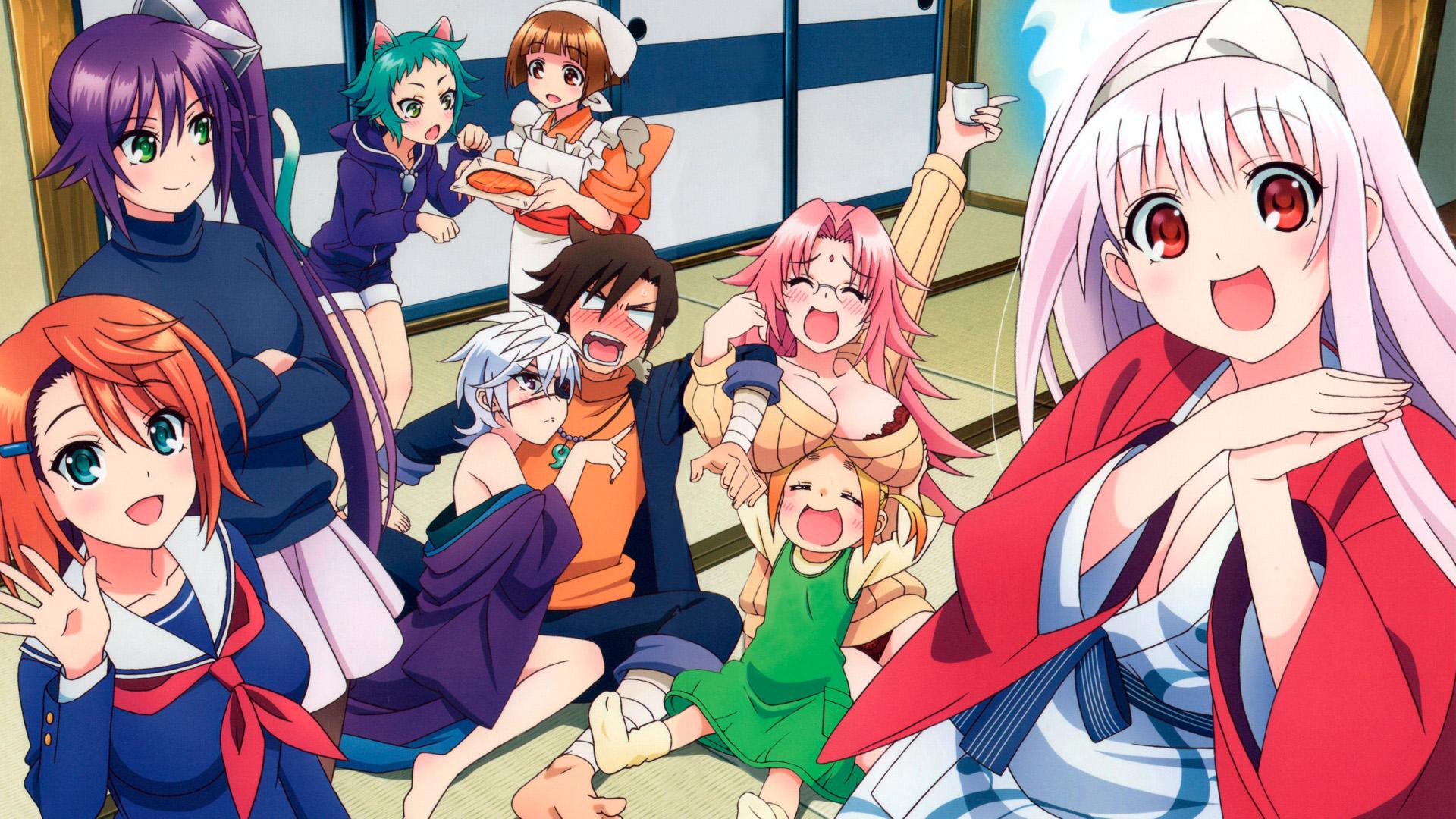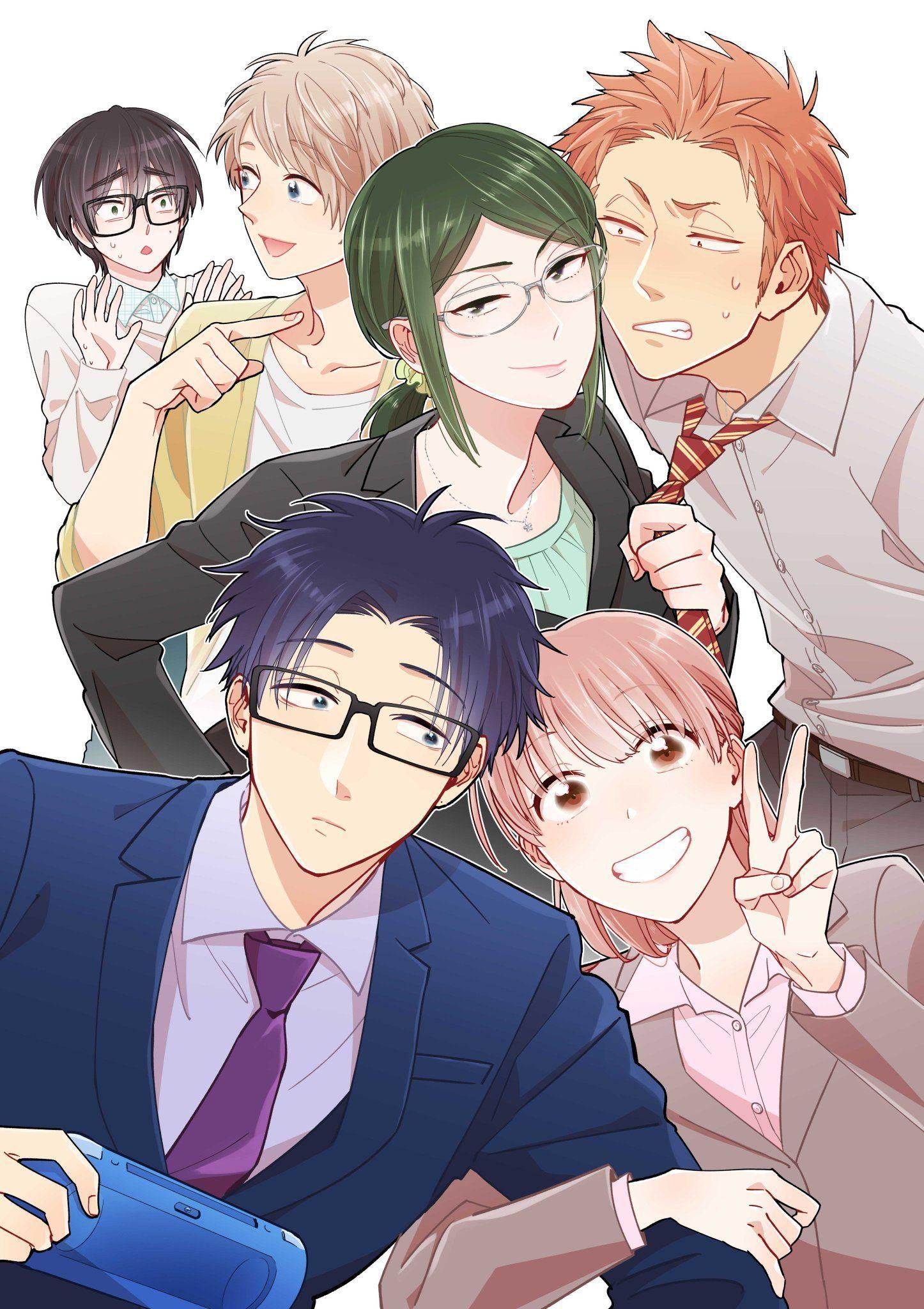Gachiakuta: The Genesis of a Dark Fantasy Manga
Gachiakuta, a relatively new name in the world of manga, has quickly garnered attention for its unique blend of dark fantasy, social commentary, and striking art style. But where did this intriguing series come from? Let's delve into the origins of Gachiakuta and explore the creative forces behind it.
The Author: Kei Urana
The mastermind behind Gachiakuta is Kei Urana. While relatively new to the professional manga scene, Urana's passion for storytelling and distinctive artistic vision are evident in every panel. Before Gachiakuta, Urana honed their skills through various independent projects and by working as an assistant to other manga artists, gathering invaluable experience and refining their craft. These experiences clearly shaped the direction of their own work, contributing to the unique feel that defines Gachiakuta.
Urana's personal experiences and perspectives on societal issues, particularly those related to discrimination and marginalization, heavily influence the themes explored in Gachiakuta. The manga tackles tough questions about prejudice, class divisions, and the value of human life, often presenting them through a lens of gritty realism and fantastical elements.
The Concept: A World Built on Trash
The core concept of Gachiakuta revolves around a society divided between the privileged living in opulent cities and those relegated to the slums, who are deemed "Trash." This division forms the basis of the story, with the protagonist, Rudo, being one such "Trash." The story kicks off when Rudo is falsely accused of his foster father's murder and banished to the abyss, a sprawling wasteland of discarded waste where monstrous beings known as Kiyomi lurk. It's in this harsh environment that Rudo discovers his ability to fight against these monsters, using the very trash he was condemned to as his weapon.
The inspiration for this world likely stems from real-world concerns about waste management, social inequality, and the consequences of environmental degradation. The stark contrast between the gleaming cities and the polluted abyss serves as a powerful visual metaphor for the disparities in wealth and opportunity that exist in our own world. The use of "trash" as both a symbol of societal rejection and a source of power for the protagonist adds a layer of complexity and intrigue to the narrative.
Influences and Inspirations
While Gachiakuta possesses a distinct style, it's possible to identify potential influences from other works of manga and fantasy. The dark and gritty atmosphere, combined with the exploration of societal issues, bears similarities to series like Attack on Titan and Tokyo Ghoul. The use of monstrous creatures and unique fighting abilities also echoes elements found in numerous shonen manga, though Gachiakuta carves its own niche with its focus on social commentary and the unconventional power source of trash.
It's also conceivable that Urana drew inspiration from various works of dystopian literature and film, which often depict societies grappling with environmental collapse, social injustice, and the struggle for survival in a world gone wrong. These influences, combined with Urana's own unique vision, have resulted in a manga that feels both familiar and refreshingly original.
The Development Process
The actual development process of Gachiakuta, like that of most manga series, likely involved a significant amount of planning, character design, and world-building. Urana would have had to create a detailed outline of the story, develop compelling characters with their own motivations and backstories, and meticulously design the visual aspects of the world, from the gleaming cities to the desolate abyss. Given the manga's visual complexity, the creation of each chapter requires meticulous attention to detail.
Typically, a manga artist creates storyboards known as "names" (neemu in Japanese), which are rough drafts of the chapter's layout and dialogue. Once the names are approved by the editor, the artist proceeds to create the final artwork, adding details, shading, and inking. This process can be extremely time-consuming and demanding, requiring long hours and a dedicated team of assistants. The success of Gachiakuta stands as a testament to the hard work and dedication that went into its creation.
Initial Reception and Future Prospects
Since its debut, Gachiakuta has been met with positive reviews from critics and readers alike. Its unique premise, compelling characters, and stunning art style have resonated with a wide audience. The manga's willingness to tackle complex social issues has also been praised, making it a thought-provoking and engaging read. As a relatively new manga, Gachiakuta has a bright future ahead. Its current popularity and critical acclaim suggest that it has the potential to become a major hit in the manga world. With its compelling story and unique art style, Gachiakuta is a series to watch out for.
With a dedicated fanbase and a strong creative team behind it, Gachiakuta seems poised to continue pushing boundaries and exploring new depths in the world of dark fantasy manga. The story has continued to develop the themes presented in the beginning and shows no sign of faltering, so fans have plenty to look forward to. The intricate story, unique characters, and stunning world design continue to captivate a growing audience. Kei Urana's vision for Gachiakuta is clearly resonating with readers, and the series' future looks exceptionally promising.
The journey of Rudo and the world of Gachiakuta are still unfolding, promising even more thrilling adventures and profound social commentary.
